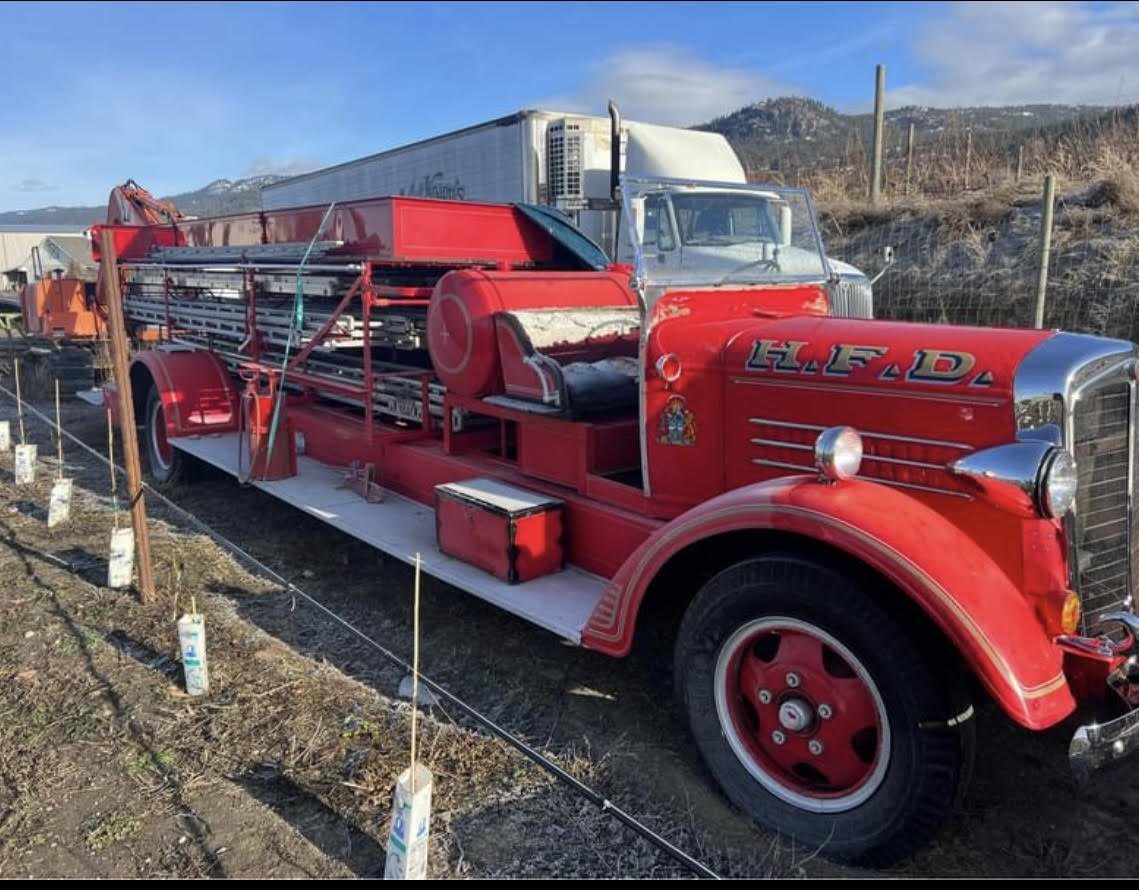The Naming of Hayes Street
/ITEMS OF IRON FOUND ON THE SITE OF THE HAYES BLAST FURNACE
In telling the story of the Streets of Marmora, we would be remiss in not mentioning the street named after the Village's founder, Charles Hayes. In the 1790's, the Loyalists first came to the Bay of Quinte. Over the next 30 years, the southern townships filled with settlers, but in 1820 there were still less than 50 pioneers in the whole of Marmora and Lake Townships. In that year, Charles Hayes, originally of Dublin, Ireland, conceived the idea to start an ironworks at what was then known as "High Falls" on the Crowe River.
The water power to run six enormous waterwheels came from the river. Two enormous blast furnaces, reduced iron ore, charcoal and limestone into molten iron which was cast largely for ballast for the British Navy. Barges, loaded with ore, were rowed from Blairton and unloaded, after their two-day trip, near the present boat ramp in the North End Park. The village grew as the industry did, and within a few years, 200 workers had emigrated to find work in Marmora.
By 1825, it became clear that Hayes' enterprise was failing. All the produce of the mine had to be dragged out over the road to Kingston, but that road was impassable for much of the winter. In the spring, it broke up into mud holes, and in the summer it hardened into wheel-breaking ruts. It was just not practical to transport large and heavy iron bars all the way from Hayes' village in the bush. The Works were lost to Hayes' creditors. Hayes went back to England in 1825. He subsequently recovered his losses working in the linen trade and so far as is known, never returned.

































